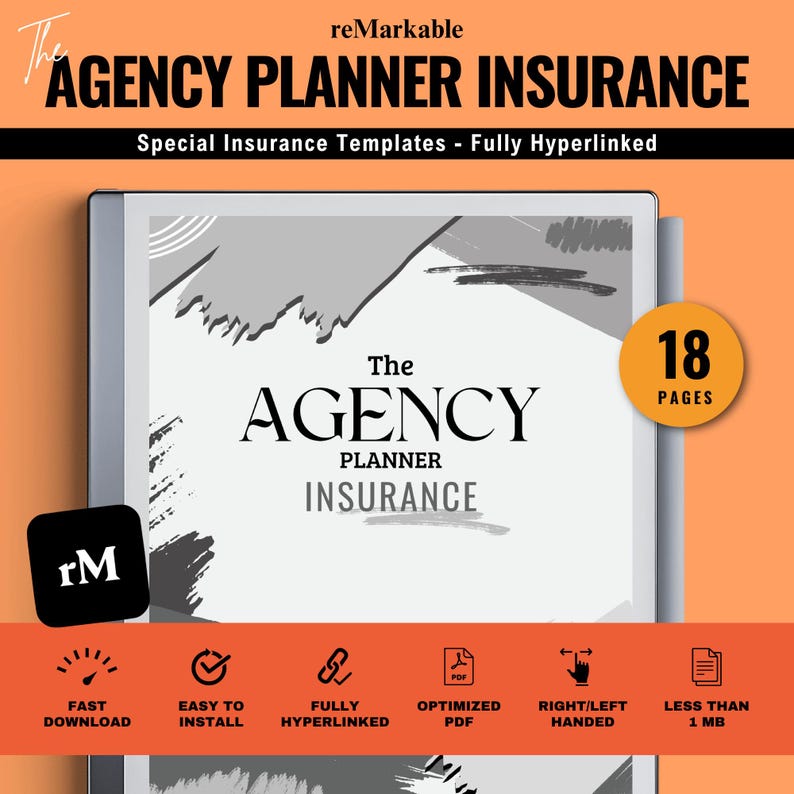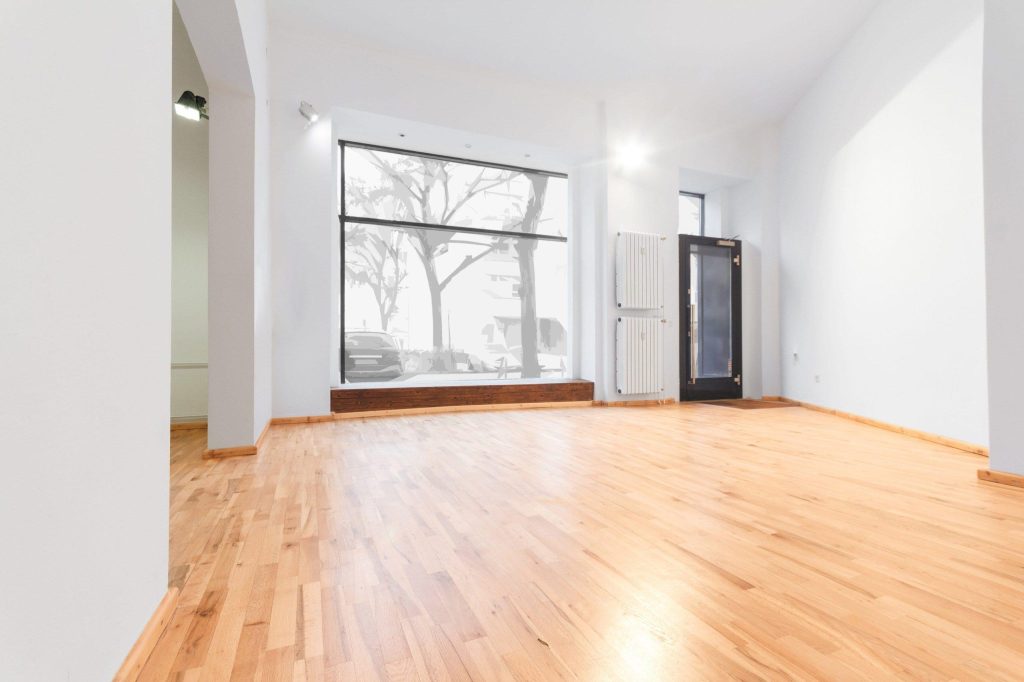When it comes to protecting vacant properties, the stakes are higher than most homeowners realize. Empty homes are vulnerable to a unique set of risks—ranging from unnoticed water damage and vandalism to undetected structural issues—that can quickly escalate into costly claims. This is where property inspections become an essential component of vacant home insurance. Regular, thorough inspections not only help identify potential problems early but also serve as a vital measure for insurers to assess and mitigate risk. In this article, we’ll explore why property inspections are critical in securing effective vacant home insurance coverage and how they safeguard both the homeowner’s investment and peace of mind.
Table of Contents
- The Importance of Thorough Property Inspections in Risk Assessment
- Identifying Potential Hazards and Vulnerabilities in Vacant Homes
- Best Practices for Conducting Comprehensive Vacant Property Inspections
- Strategic Recommendations to Enhance Insurance Coverage through Property Inspections
- Key Takeaways
The Importance of Thorough Property Inspections in Risk Assessment
Conducting detailed property inspections is a cornerstone for effectively identifying potential hazards before they escalate into costly claims. Thorough inspections uncover hidden vulnerabilities such as structural weaknesses, electrical faults, and pest infestations that might otherwise go unnoticed in vacant homes. Recognizing these issues early enables insurers to accurately gauge risk levels, set premiums appropriately, and recommend necessary preventive measures to homeowners. Beyond just risk pricing, these inspections play a crucial role in safeguarding the property’s value and minimizing exposure to unforeseen damages.
Key elements often evaluated during these inspections include:
- Foundation integrity and roofing conditions
- Functionality of security systems and entry points
- Evidence of water leaks or mold growth
- Condition of HVAC and electrical installations
- Signs of vandalism or unauthorized access
By prioritizing comprehensive property inspections, insurers not only protect their financial interests but also support homeowners in maintaining the safety and marketability of their vacant properties. This proactive approach to risk assessment establishes a foundation for trust and collaboration between insurers and clients, ultimately fostering more resilient communities.
Identifying Potential Hazards and Vulnerabilities in Vacant Homes
Vacant properties present a unique set of challenges that significantly increase the risks insurers must consider. Without regular occupancy, homes become prime targets for vandalism, theft, and even squatters. Additionally, unnoticed maintenance issues like leaking pipes, electrical faults, or roof damage can escalate quickly, causing extensive and costly damage. Insurance providers require thorough inspections to identify these vulnerabilities early and adjust coverage accordingly, ensuring that policyholders are adequately protected from these hidden dangers.
During inspections, experts look for signs of potential hazards that often go unnoticed by homeowners. These include:
- Structural weaknesses, such as cracks in foundations or walls that can worsen over time.
- Exposure to environmental elements, like overgrown vegetation that can damage exteriors or blocked drainage systems.
- Neglected safety features, including non-functional alarms, lighting, and secure locks, which increase security risks.
- Evidence of pest infestations, which can cause both aesthetic and structural damage.
Identifying these issues before they escalate not only helps in risk mitigation but also allows for tailored insurance solutions that reflect the true condition of vacant homes.
Best Practices for Conducting Comprehensive Vacant Property Inspections
When inspecting a vacant property, meticulous attention to detail is paramount to uncover potential risks that could lead to costly claims. Inspectors should focus on structural integrity, ensuring there are no signs of water damage, pest infestations, or vandalism. It’s crucial to evaluate the condition of windows, doors, and locks, verifying they are secure and functional to deter unauthorized access. Employing technology such as thermal imaging or moisture meters can reveal hidden issues that might otherwise go unnoticed. Additionally, keeping comprehensive records of each inspection with high-quality photos and detailed notes builds a reliable history of the property’s status over time.
To maximize the effectiveness of your inspections, consider implementing these best practices:
- Schedule inspections regularly and after severe weather events to promptly address any new damage.
- Establish a standardized checklist to ensure consistency and thoroughness across all visits.
- Collaborate with trusted local contractors and property managers for specialized assessments when necessary.
- Prioritize safety by assessing potential hazards like mold, exposed wiring, or structural weaknesses.
- Maintain open communication with insurance providers to align inspection findings with policy requirements.
Strategic Recommendations to Enhance Insurance Coverage through Property Inspections
To maximize the benefits of property inspections in augmenting insurance coverage, insurers and property owners should prioritize regular and comprehensive evaluations. Scheduled inspections not only identify existing hazards but also uncover early signs of potential risks, enabling proactive measures before claims arise. Incorporating advanced technologies such as thermal imaging and drone assessments can enhance the precision and scope of these inspections, ultimately providing a more detailed risk profile for underwriters. Encouraging collaboration between inspectors, insurance agents, and property managers ensures a thorough exchange of information, fostering an environment where coverage decisions are based on transparent, up-to-date data.
Additionally, creating tailored inspection protocols that address the unique challenges of vacant homes can significantly improve risk assessment accuracy. Factors like seasonal vulnerabilities, maintenance neglect, and security gaps require specialized attention when developing inspection checklists. Educating homeowners about the critical findings from each inspection and offering actionable recommendations fortify the property’s resilience against loss or damage. Insurance providers can further leverage this by offering incentives such as premium discounts or enhanced coverage options for properties demonstrating consistent compliance with inspection standards and risk mitigation practices.
Key Takeaways
In today’s unpredictable real estate landscape, the importance of thorough property inspections for vacant home insurance cannot be overstated. Regular inspections serve as the frontline defense against potential risks, helping to identify and address issues before they escalate into costly claims. Whether you’re a homeowner, investor, or insurer, prioritizing these inspections ensures that vacant properties remain secure, compliant, and well-maintained. Ultimately, investing time and resources into property inspections is not just about safeguarding a structure—it’s about protecting your financial interests and peace of mind in an uncertain market. Don’t underestimate the critical role inspections play; they are an essential component of responsible vacant home ownership and insurance coverage.






